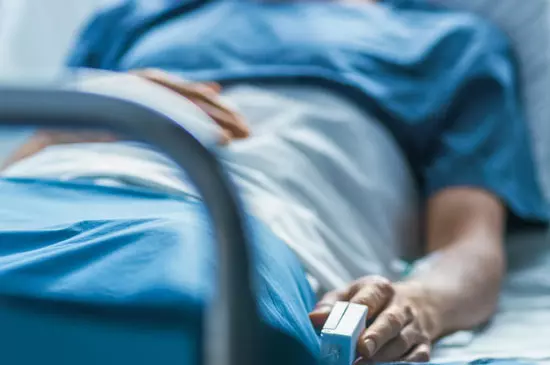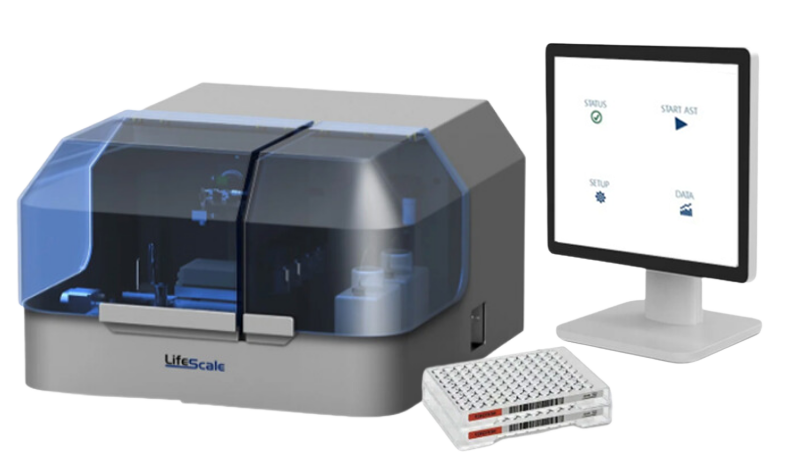In a world of rising antimicrobial resistance, Affinity Biosensors is on a mission to provide the fastest diagnostics for your critical-care needs – save time, save lives, save costs.

LifeScale is the only AST using population profiling of individual cell mass, giving the fastest and most accurate AST results available.
LifeScale is easy on your staff and your budget, and won’t upset your currently optimized workflow. Evaluate LifeScale in your lab today.

LifeScale provides rapid results when speed matters most to your patients – Gram-negative bacteria in positive blood culture. Its unique population-profiling technology gives results in 4 ½ hours, with the accuracy you demand on the most dangerous resistant strains. LifeScale’s ease-of-use and reliability are proven in the field, with fast sample preparation, and automated inoculation, incubation, read, and report.
LifeScale’s benchtop form factor uses the same well-plates and antimicrobials of the most relied-upon ASTs, but provides results in just 4 ½ hours. LifeScale won’t disrupt your lab’s optimized workflow – use it with your rapid blood culture identification system and continue to run most ASTs on your current standard of care.
LifeScale’s throughput and parallel sample processing will support the demands of most hospitals and keeps impact on your staff to a minimum with easy sample preparation. It’s cost-effective and convenient, with compact consumables that can be stored at room-temperature.

“Rapid and accurate AST Results are essential in support of antimicrobial stewardship and patient management. The LifeScale rapid AST technology meets these objectives and reduced the duration of empiric therapy. We look forward to implementing it.”
Department of Pathology and Laboratory Medicine
University of Louisville Hospital
Our unique mass-sensing technology counts and weighs thousands of individual bacteria, giving a Population Profile of each culture. This rich data set contains crucial information not available to growth-and metabolism-based ASTs. LifeScale then leverages powerful AI to reliably predict whether a culture will grow, and provide the correct MIC.
More and more bacteria are able to outsmart even the most advanced antibiotics. These bacteria hide resistance by delaying their growth, posing a stiff challenge to rapid ASTs reliant on short incubation times. LifeScale’s unique mass-sensing technology and advanced AI has been tested on these samples, outperforming other rapid ASTs and matching or exceeding conventional ASTs that employ long incubation times.

Come see us during the annual ISM Spring Meeting May 7-8, 2024 in Addison, IL at the Medinah Shriners Center

Come see us during the annual ASM Microbe meeting June 13-17, 2024 in Atlanta, GA at
the Georgia World Congress Center
